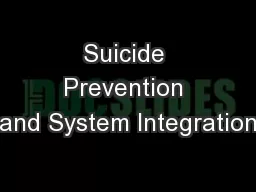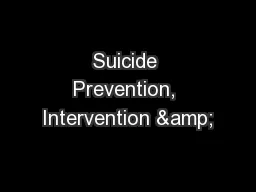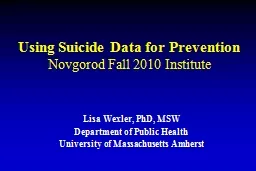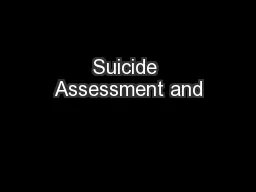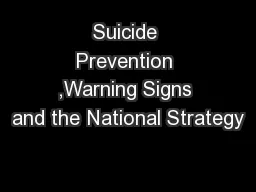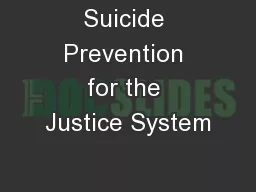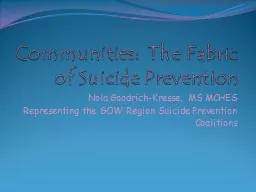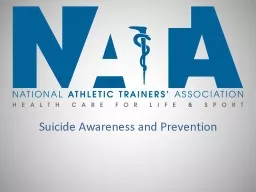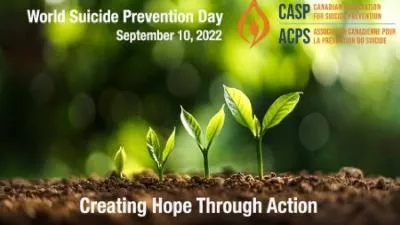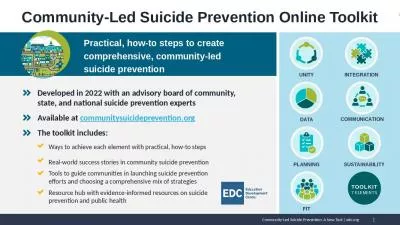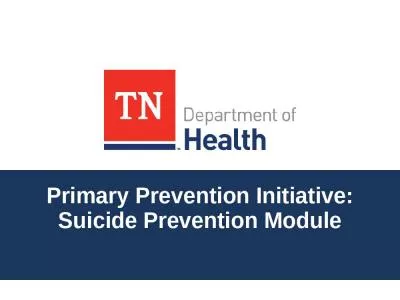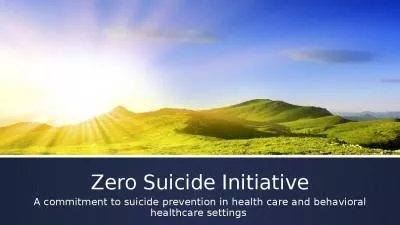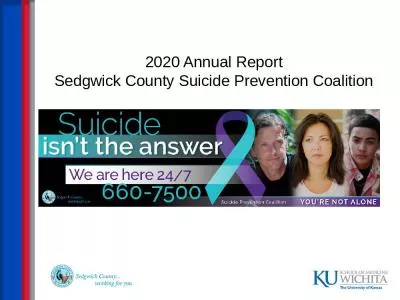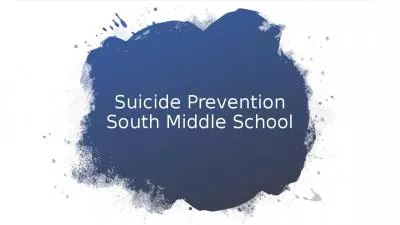PPT-Suicide Prevention and System Integration
Author : tawny-fly | Published Date : 2018-11-02
Jeff Coady PsyD Region V Administrator SAMHSADHHS Midwest Injury Prevention Alliance 2014 Summit October 27 2014 Chicago IL Can national strategies reduce suicide
Presentation Embed Code
Download Presentation
Download Presentation The PPT/PDF document "Suicide Prevention and System Integratio..." is the property of its rightful owner. Permission is granted to download and print the materials on this website for personal, non-commercial use only, and to display it on your personal computer provided you do not modify the materials and that you retain all copyright notices contained in the materials. By downloading content from our website, you accept the terms of this agreement.
Suicide Prevention and System Integration: Transcript
Download Rules Of Document
"Suicide Prevention and System Integration"The content belongs to its owner. You may download and print it for personal use, without modification, and keep all copyright notices. By downloading, you agree to these terms.
Related Documents

